The boreal forests, the largest terrestrial biome on the planet, are vast coniferous forests spanning across the northern hemisphere, mainly north of the 50th parallel. You can find the boreal forests from eastern Canada all the way through Russia and Northern Europe.
Surface Cover
North America’s boreal forest combined with Russia’s and Northern Europe’s taiga makes up to 31% of the world’s forest coverage, which equates to 16.6 million square km.
According to Bonan and Shugart, boreal forests cover 11% of the earth’s total land mass.
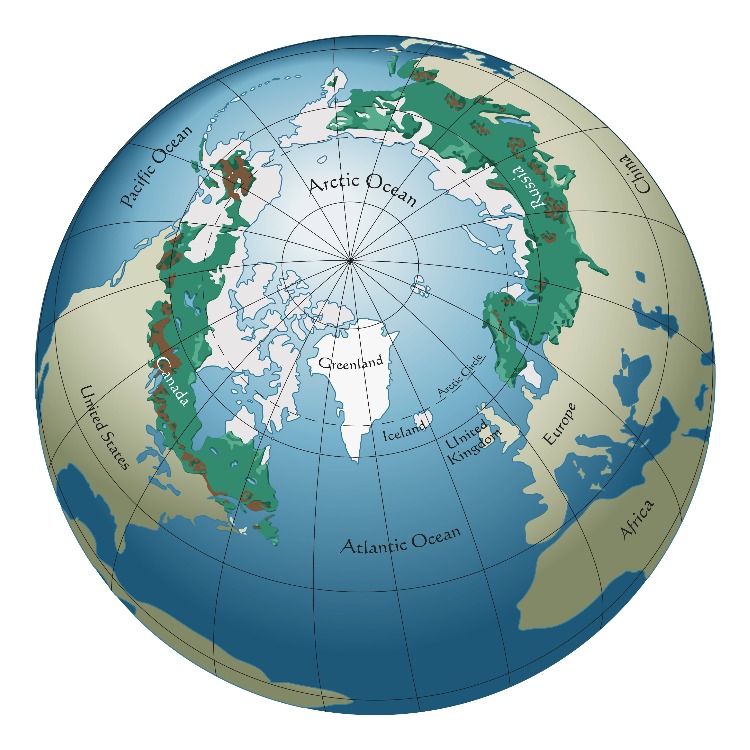
Temperature
You can find some of the world’s coldest temperatures in the boreal forest, but did you know it gets quite hot in the summer too? The boreal forest’s temperature range goes as low as -60 degrees Celsius in the winter to as high as 40 degrees Celsius in the summer.
Seasons
There are four distinguishable seasons in the boreal forest: Summer, Fall, Winter, and Spring. Spring and Fall are very short unlike Summer and Winter, which last the majority of the year.
The typical growing season in the boreal forest or taiga is about 130 days, but depending on the location, it can go as low as 80 days to as high as 150 days. During the offseason, trees, plants, and some animals go into hibernation.
Geography
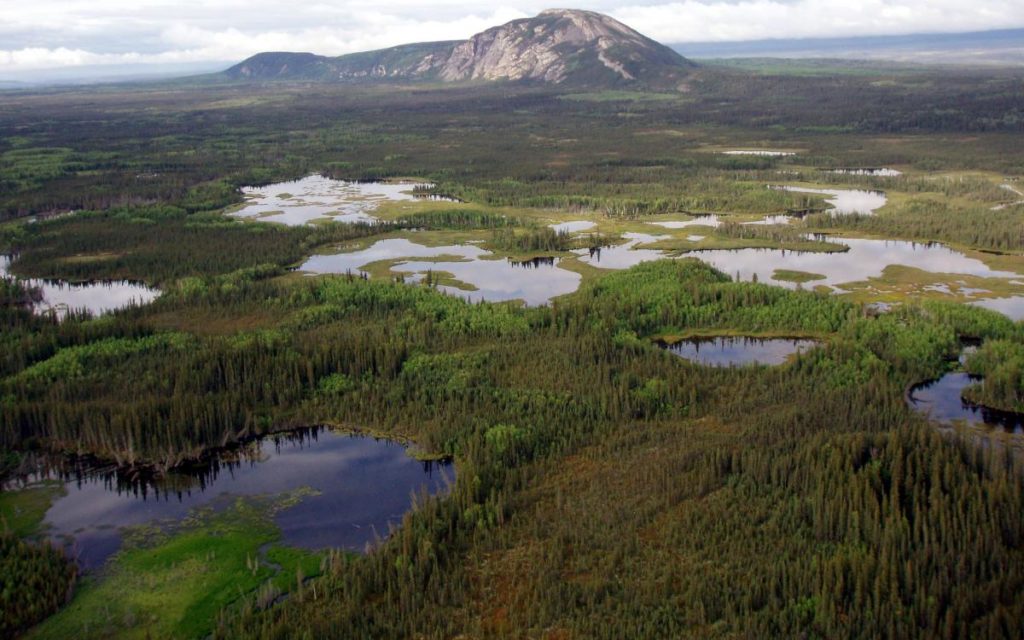
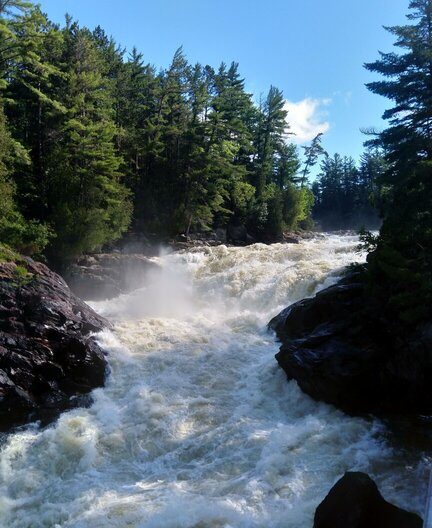
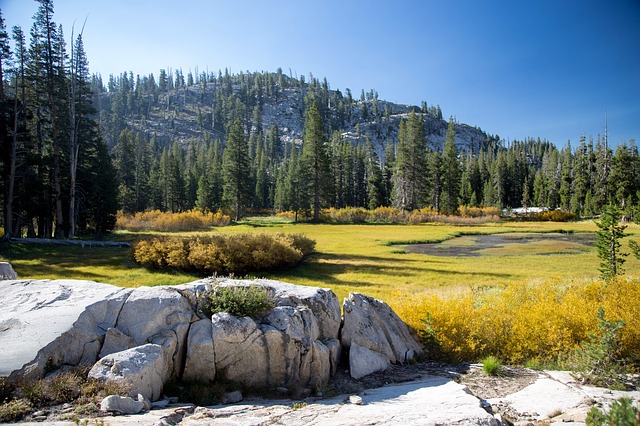
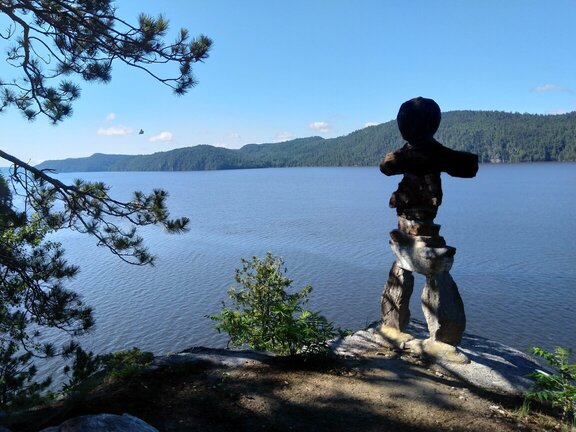
When you think of the boreal forest, the symbolic image is that of large mysterious forests covered in conifers.
There are many types of ecosystems found throughout the boreal forest, the most common are wetlands, bogs, and fens. But you will also find grasslands, barrens, rolling hills, rocky outcrops, along with countless rivers, and lakes.
Boreal forests go through parts of the Appalachians and the Rocky Mountains in Canada. In Asia, they go through the Siberian mountain ranges, and also through a part of the Alps in Europe.
Benefits
The boreal forest itself is a massive ecosystem that supports all the living species found within but also helps the environment outside of its range.
For example, the extensive wetlands found within the boreal forests act as a sponge for much of the water in the area, which in turn provides excellent protection against flooding.
Additionally, in periods of drought, the stored water provides a valuable supply of water, and the spongy fabric of the forest regulates water flowing from upland areas to lowland areas. The wetlands are excellent filters of water, they effectively remove impurities from water flowing through it.
The giant biomass of the boreal forest also acts as a shield against the destructive effects of erosion. It improves the cycling of nutrients and the fast decomposition promotes the formation of new soil.
The boreal forests do a large part in regulating the earth’s climate, they store massive amounts of carbon in trees, peat deposits, soils, and lake sediments.
Trees Found in the Boreal Forest
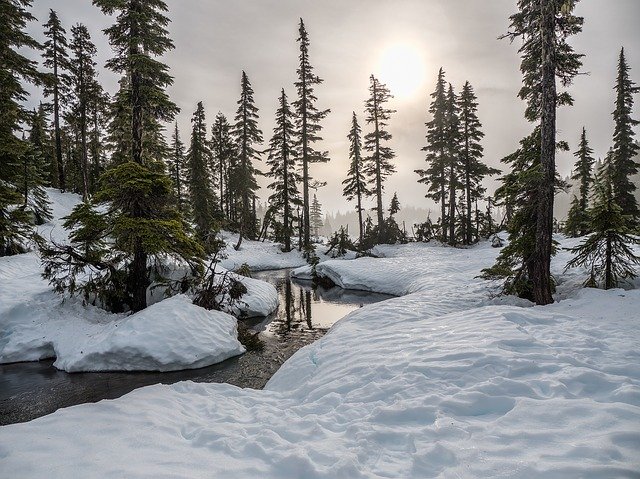
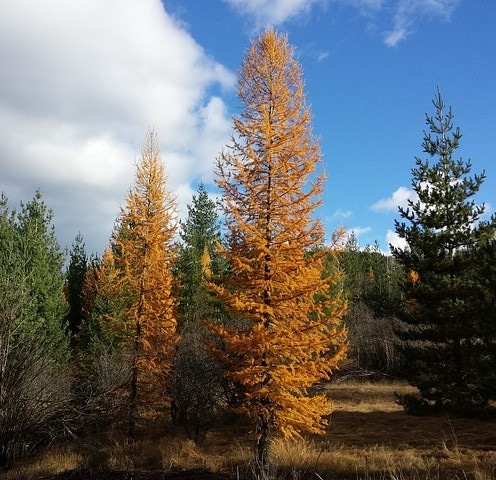
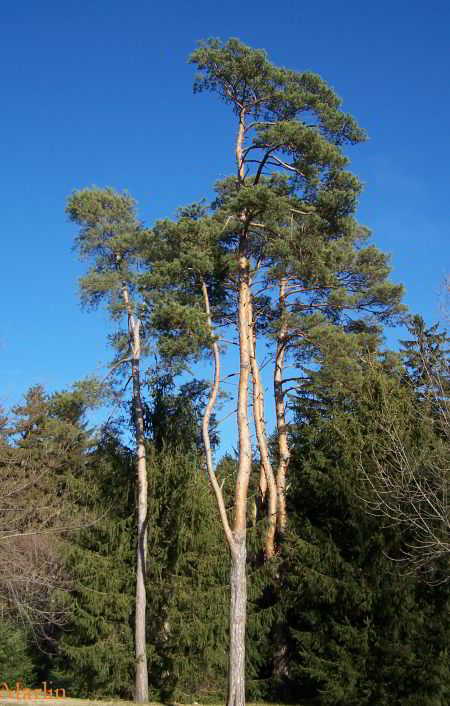
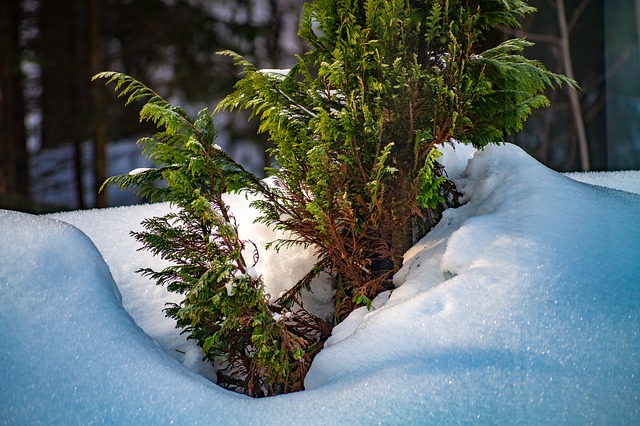
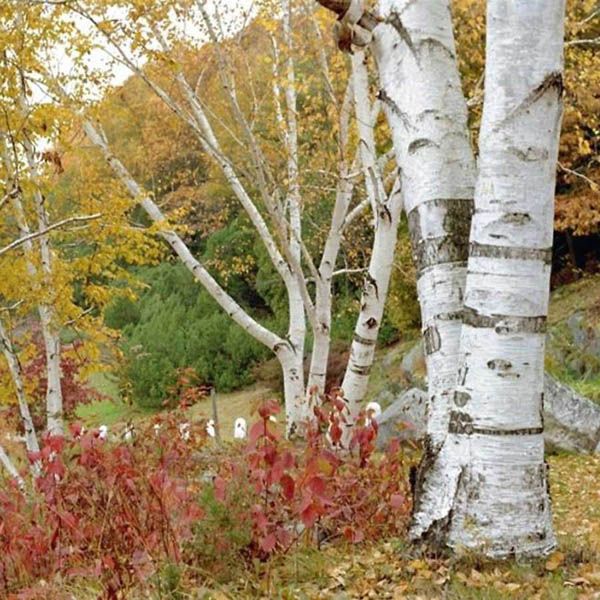
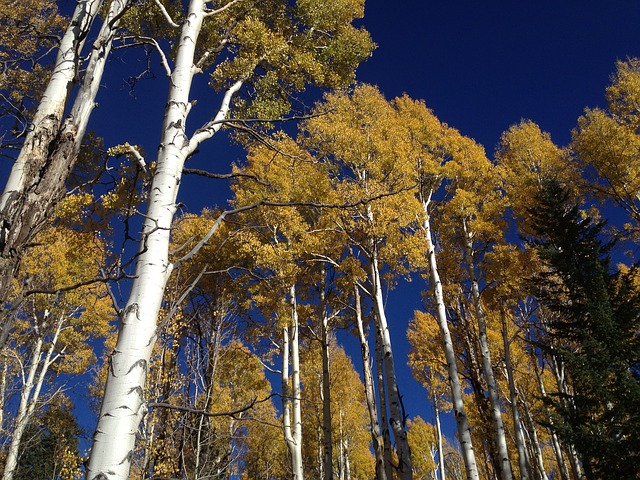
The boreal forests are mainly consisted of conifers but also contain broad-leaved deciduous trees. These are the main tree families found throughout the boreal forests.
- Conifers: Spruce, fir, pine, larch, and thuja.
- Deciduous trees: Birch, aspen, poplar, willow, maple, and ash.
Fun fact: Did you know many of these boreal forest trees have medicinal properties?
For a more complete list, see our world boreal forest trees directory.
Plants, Fungi, Lichens, and Mosses in the Boreal Forest
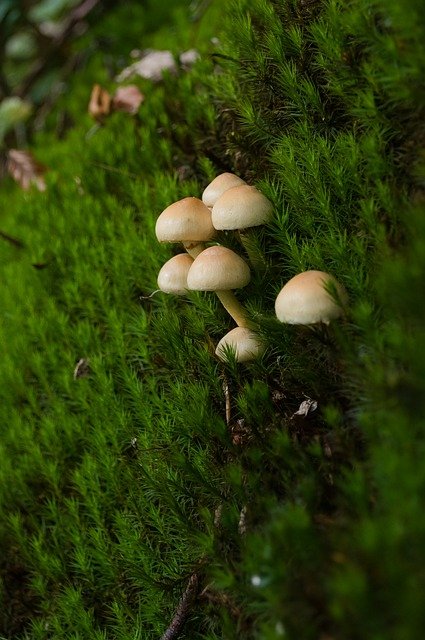
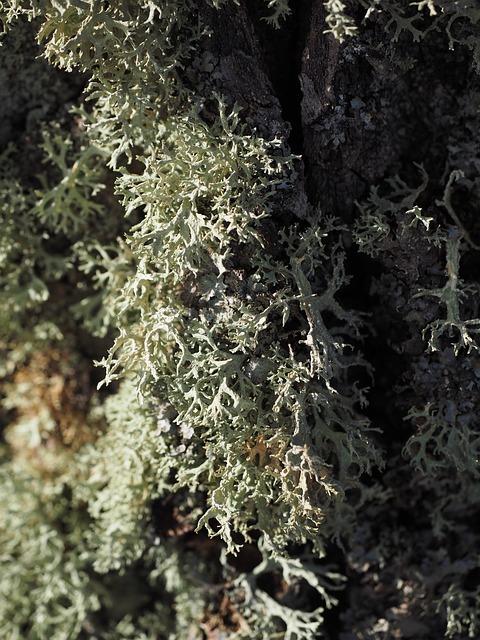
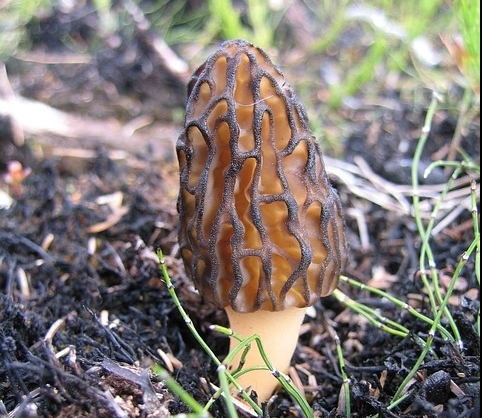
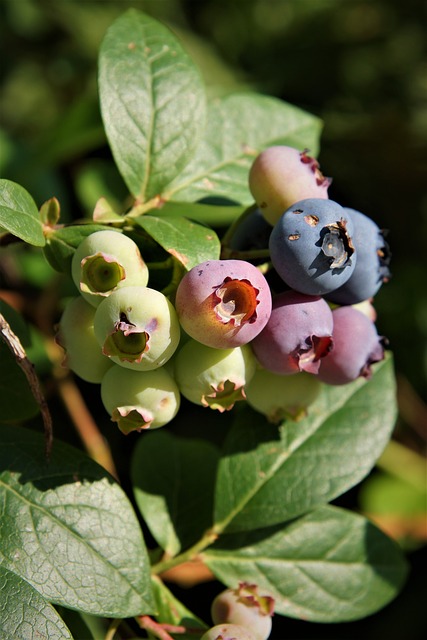
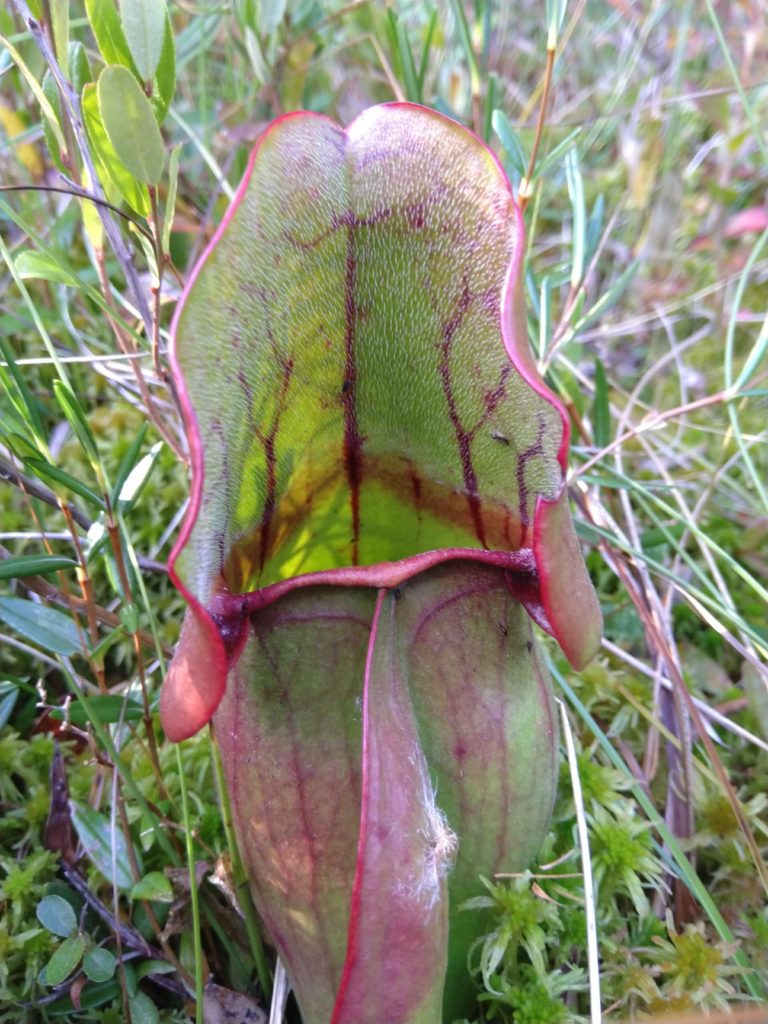
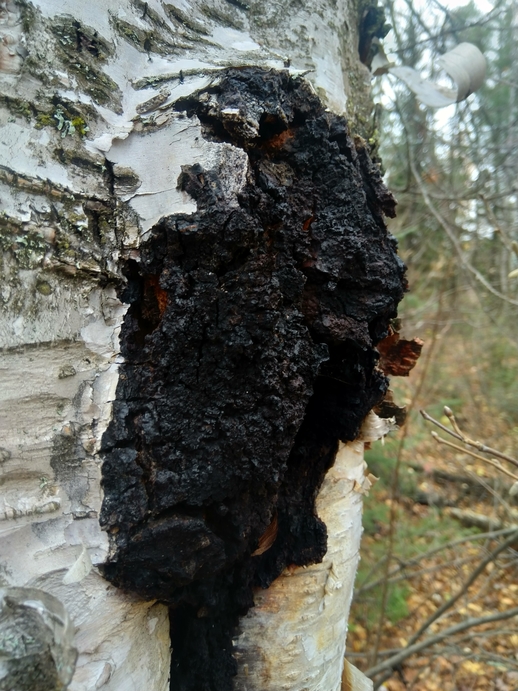
The boreal forests contain an amazing amount of small plants, fungi, lichens, and mosses. Many of these actually have value as a food source, medicine, or even as a commercial product, they can be called non-timber forest products.
Below are just a small portion of the non-timber forest products:
- Mushrooms that you can forage: Morels, chanterelles, matsutakes, fly agaric, porcini, aspen oysters, lobster mushrooms, gypsy mushrooms, hedgehog mushrooms, birch milkcap, black trumpet, swollen-stalked cat, turtle mushrooms, yellow foot chanterelles, fairy ring mushrooms, and more.
- Medicinal plants that you can find: Canada yew, wild cranberry, pearly everlasting, common yarrow, three-leaf goldthread, bluebead, bunchberry, lily of the valley, chamomile, stinging nettle, common burdock, common plantain, red clover, Canada goldenrod, violet, sweetfern, sheep laurel, wild rose, serviceberry, blueberry, and more.
- Wild teas that you can brew: Labrador tea, creeping snowberry, eastern teaberry, and more.
- Lichens & Mosses: Ribbed bog moss, golden ragged moss, reindeer lichens, club lichens, cup lichens, broom mosses, sickle mosses, stair-stepped moss, freckle pelt lichen, big red stem moss, hair cap moss, Naugehyde liverwort, plume moss, shaggy moss, rusty peat moss, acute-leaved peat moss, Girgensohn’s peat moss, white-toothed peat moss, midway peat moss, Warnstorf’s peat moss, and more.
Animals Found in the Boreal Forest
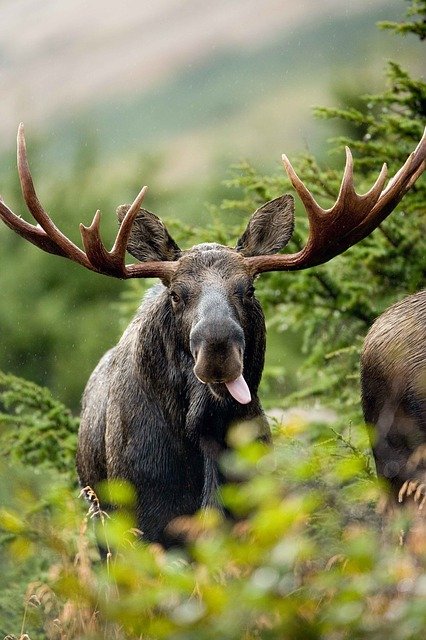
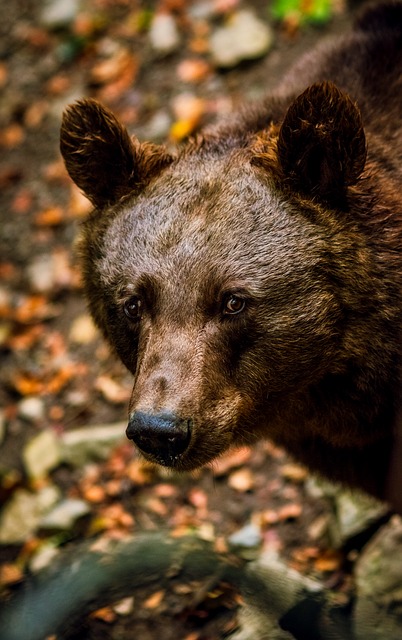
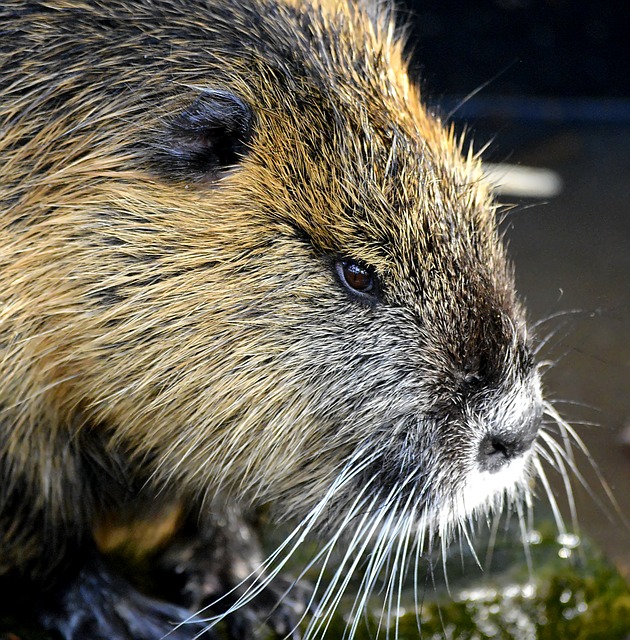
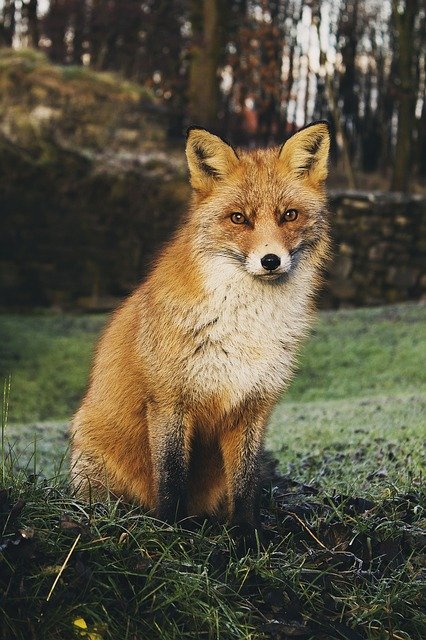
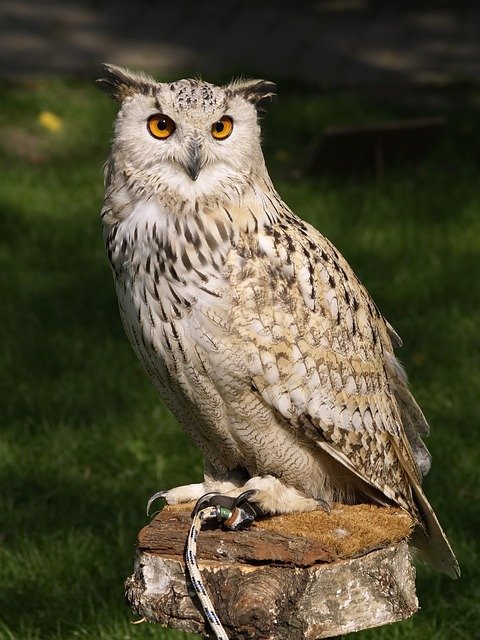
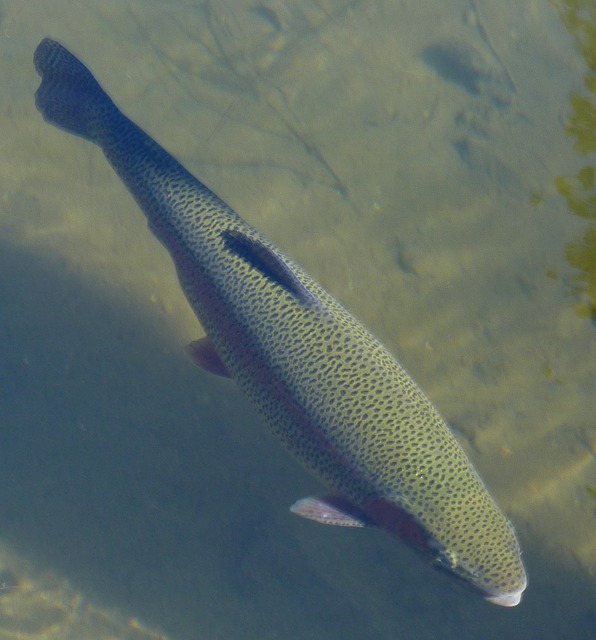
Boreal forests in the world are home to many sorts of animal species, the following are most common and widespread:
- Large mammals: Moose, elk, caribou, deer, wood bison, mountain goats, bighorn sheep, wild boar, bears, mountain lions, lynxes, coyotes, wolves, Siberian tigers, and more.
- Small mammals: Hares, beavers, raccoons, porcupines, foxes, river otters, muskrats, pine martens, minks, ermine, fisher, skunk, groundhogs, squirrels, chipmunks, deer mice, pigmy shrews, voles, little brown bats, and more.
- Birds: Owls, hawks, eagles, vultures, turkeys, grouse, loons, geese, ducks, grebes, rails, gulls, cranes, kingfishers, woodpeckers, finches, nuthatches, robins, bluejays, hummingbirds, chickadees, raven, crows, and more.
- Fish: Pike, walleye, burbot, Alaska blackfish, chum salmon, muskies, trout, bass, perch, longnose suckers, whitefish, sturgeon, arctic lamprey, eels, smelt, minnows, and more.
Fun fact: Some key symbolic animal species native to the boreal forest, such as beavers, loon, and caribou are portrayed on Canadian coins.
Reptiles, Amphibians, and Insects in the Boreal Forest.
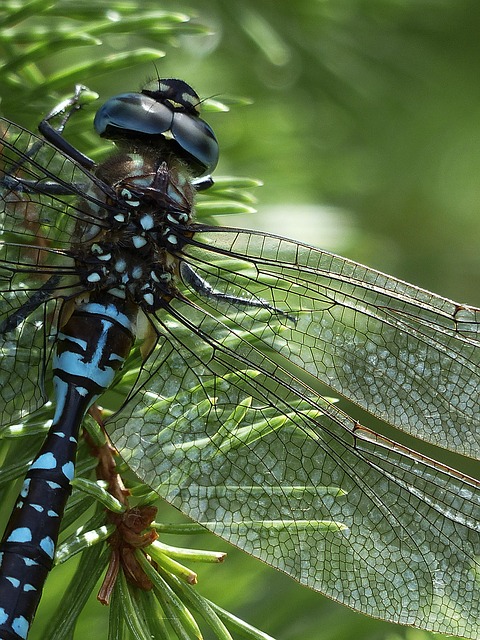
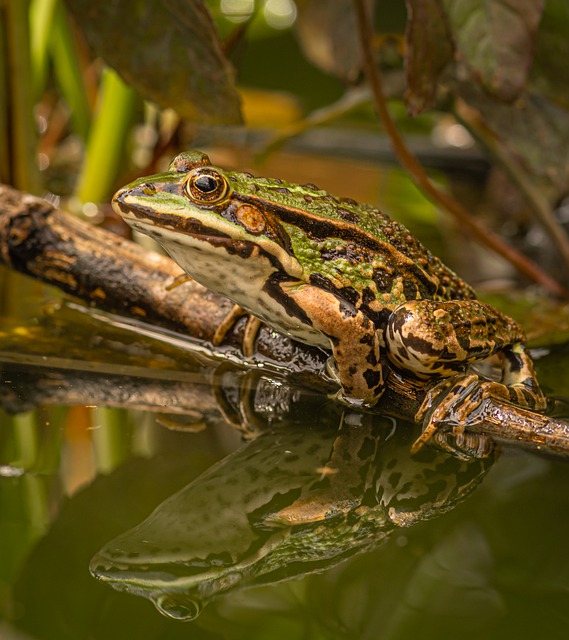
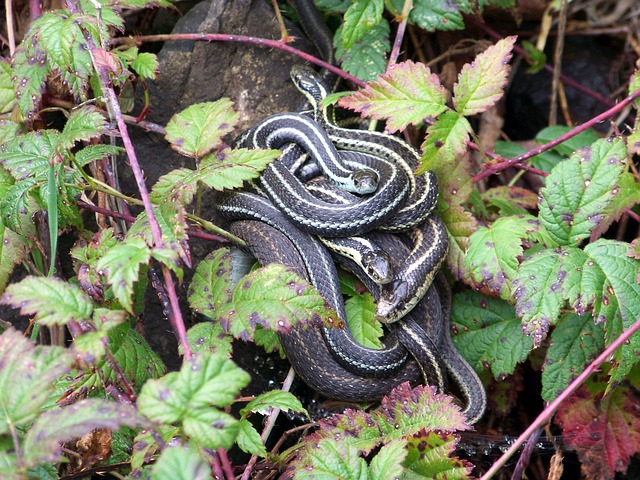
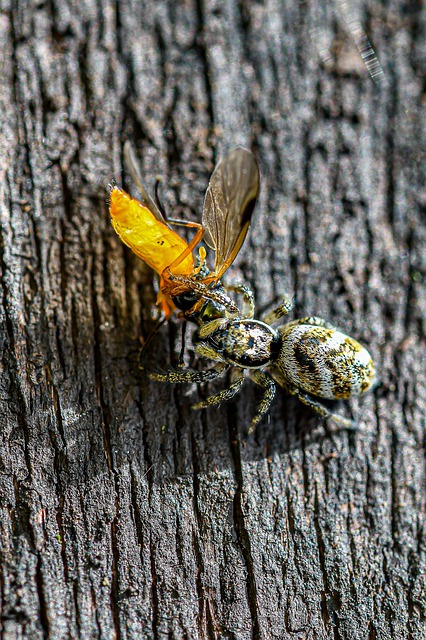
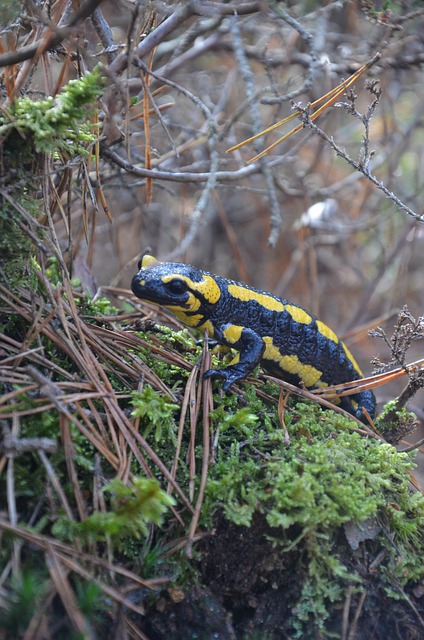
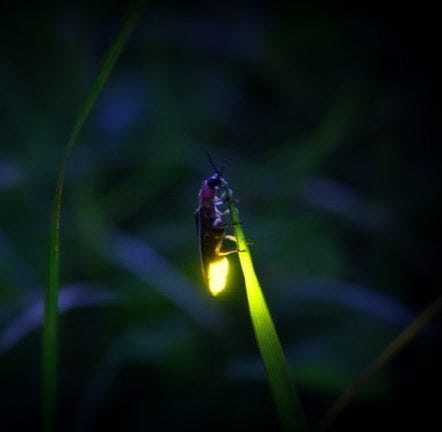
The last pieces to the ecosystems of the boreal forest are the reptiles, amphibians, and insects. Compared to the amazon forest, the boreal forest has much fewer species of reptiles and amphibians, but insects for instance, still make up a large portion of the biomass.
Below you will find the most common and widespread species:
- Reptiles of the boreal forest: Snapping turtles, painted turtles, garter snakes, smooth green snake, common European adder, red-sided garter snake, and more.
- Amphibians of the boreal forest: Green Frogs, leopard frogs, spring peeper, boreal chorus frogs, wood frogs, mink frogs, American toads, Canadian toad, blue-spotted salamander, yellow-spotted salamander, Siberian salamander, eastern newt, and more.
- Insects of the boreal forest: Mayflies, dragonflies, grasshoppers, crickets, praying mantids, cockroaches, earwigs, sucking lice, true bugs, aphids, beetles, alderflies, butterflies, moths, black flies, mosquitoes, fleas, wasps, bees, ants, scorpionfly, spiders, and countless more.
Notable insect pests of the boreal forest: Forest tent caterpillar, birch leafminer, gypsy moth, spruce budworm, jack pine budworm, pine beetle, and the large aspen totrix.
4 Wonders and Mysteries of the Boreal Forest
Since much of the boreal forests are still wild, it remains a very mysterious place.
Some say Sasquatch lurk in the forests, others say thunderbirds still fly the skies, and some tell tales of fairies that enchant people into long sleep.
But some are factual and still bring amazement to children and adults alike:
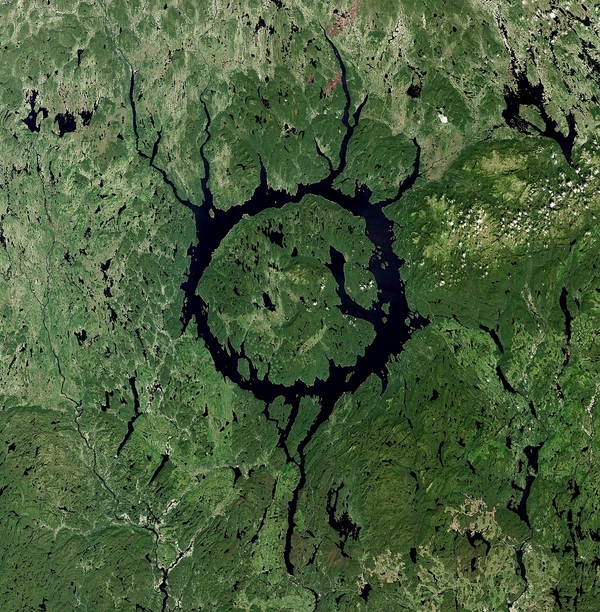
1.The Manicagouan Reservoir
Made by a meteor Impact 215 million years ago, this ring-shaped lake is intriguing to find when you look at the map of northern Quebec. The Manicagouan crater is quite large with a diameter of 70 kilometers across, and a water volume of 137.9 km3.
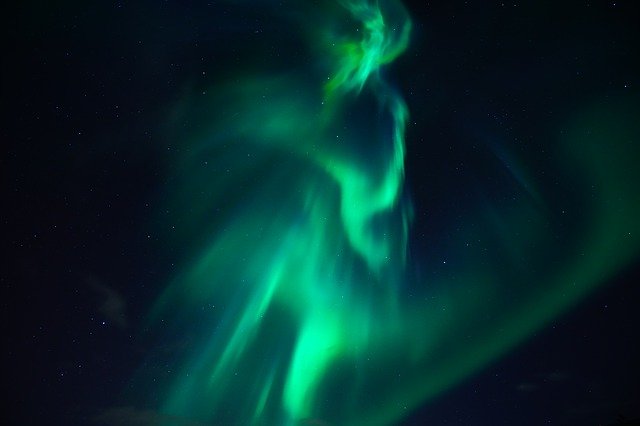
2. Aurora Borealis
An earthly phenomenon that is rarely seen outside of the northern hemisphere. Aurora borealis are symbolic of the northern boreal forests, and arctic regions. They are caused by protons and electrons from solar wind smashing into the earth’s atmosphere and releasing energy.
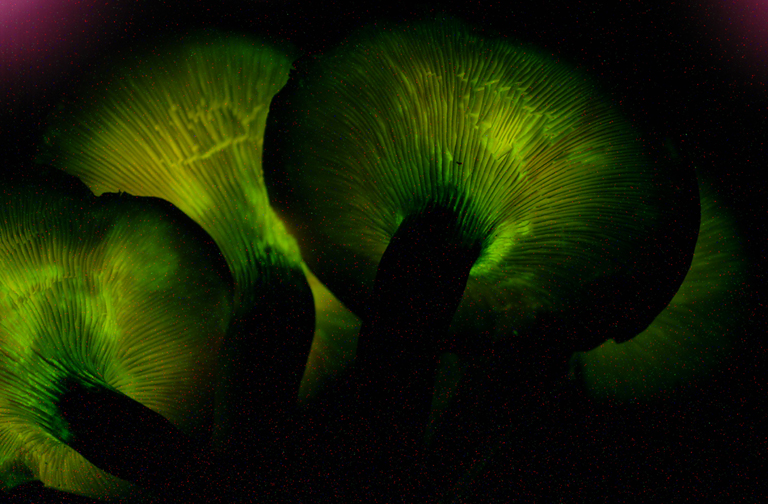
3. Bioluminescent Mushrooms
Earth truly is magical, did you know some mushrooms glow in the dark? Omphalotus olearius, commonly known as the jack-o’-lantern mushroom is one of the mysteries of the boreal forest. At night, you can see them faintly glow in the forest. Perhaps that’s a sign from mother nature telling you not to eat it because it is poisonous.
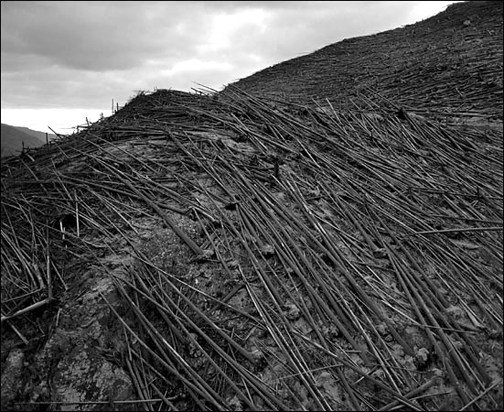
4. The Tunguska Meteor
On June 30th in 1908, an explosion lit the skies and devastated hundreds of square kilometers of Siberian forest, the aftermath was clearly visible but mysteriously, no meteorite could be found.
Years later, scientists went to extract microscopic samples from the soil dating to that era and managed to identify its source: yes it was a meteorite. But since it had entered the atmosphere at an angle, it had completely disintegrated. All that remained were small bits of minerals.
What was left from the atmospheric entry was a giant fireball, which caused the largest meteor impact in recorded history, hundreds of times more powerful than the Hiroshima blast.
Canada’s Boreal Forest
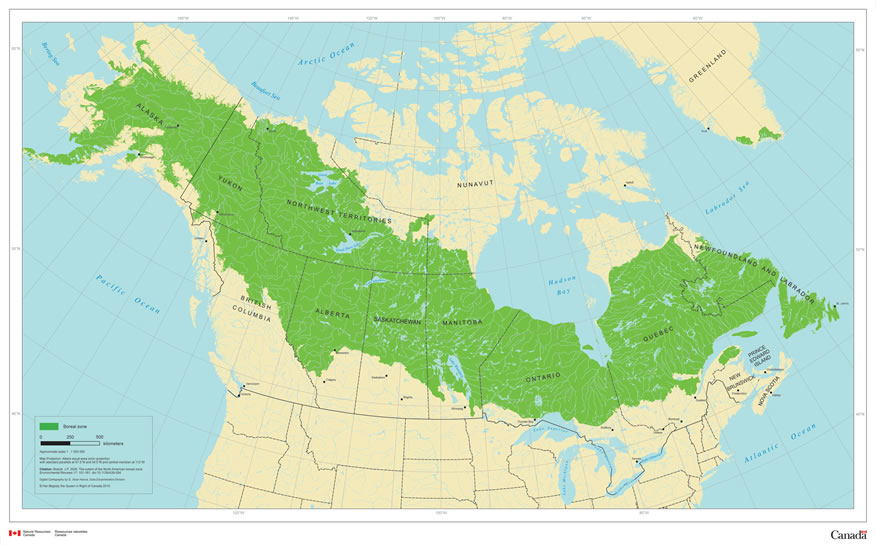
In Canada, the boreal forest nearly covers 60% of the habitable land, it is one of the last nearly untouched forests left in the world. Thankfully, about 94% of Canada’s boreal forests are crown land, which means it is owned and managed by the Canadian government.
Canada works hard to protect its forests and puts substantial funds into maintaining and developing sustainable management of its forest resources.
This ensures that the Canadian boreal forests continue to thrive and remain healthy. Balancing the environmental, social, and economical benefits they provide over time is the philosophy behind the sustainable movement the government has adopted.
The creation of parks and recreational areas continues to happen to this day, to preserve the especially unique areas that have thriving biodiversity, for the good of the forest, and for scientific research.
Tree Harvesting Practices in Canada’s Boreal Forest
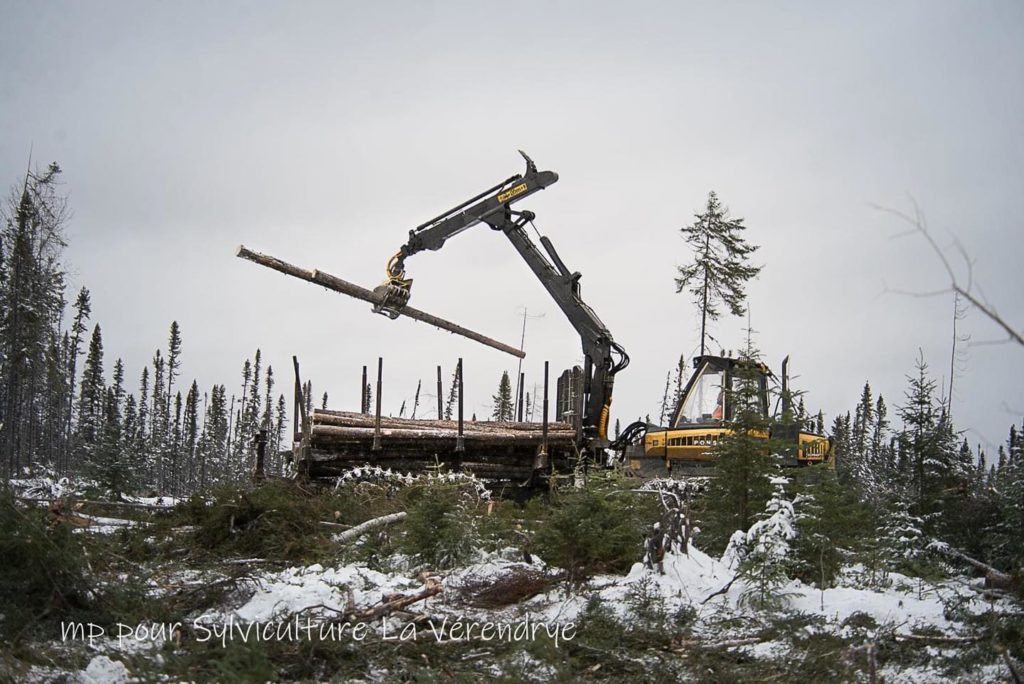
Winter operations at Sylviculture La Vérendrie
In the past, harvesters didn’t really care about how clear cuts affect the forest, but thankfully today this has changed.
New practices in harvesting now imitate the disturbances that are caused in the forest naturally. Harvesters now mimic the effects that natural events such as forest fires or insect outbreaks cause, which helps the forest regenerate itself.
Every province has laws regarding sustainable harvesting, for example, areas that are cleared must be analyzed first.
The analysis will determine if the area has enough potential and strength to regenerate itself. In the case that it does, it will be left alone and where it does not, it must be replanted promptly.
Boreal Forest Regeneration
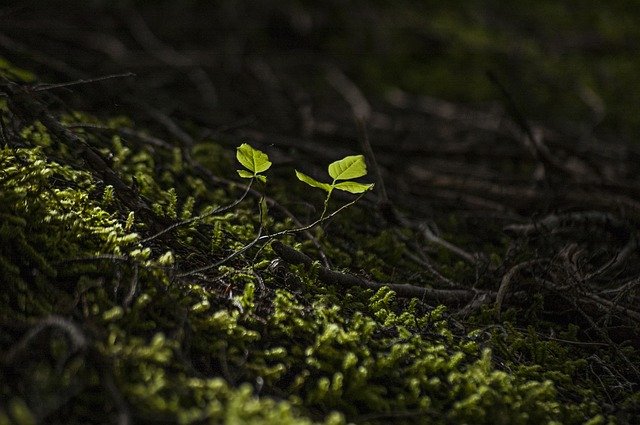
While not every forest in the world has the capacity to regenerate itself quickly, it’s interesting to note that the boreal forest has a very high capacity for regeneration.
Generally, the life span of a tree in the boreal forest is less than 100 years, due to factors such as humidity, widespread fungus, insects, and weather conditions. Trees often fall naturally, which opens up an area to sunlight and booms it back to life.
It’s said that in the boreal forest, nearly 75% of harvested areas have the potential to grow back naturally. Everything else is reforested by tree planters such as myself, using a mix of tree seedlings which are chosen according to the area.
Reforestation Practices in Canada’s Boreal Forest
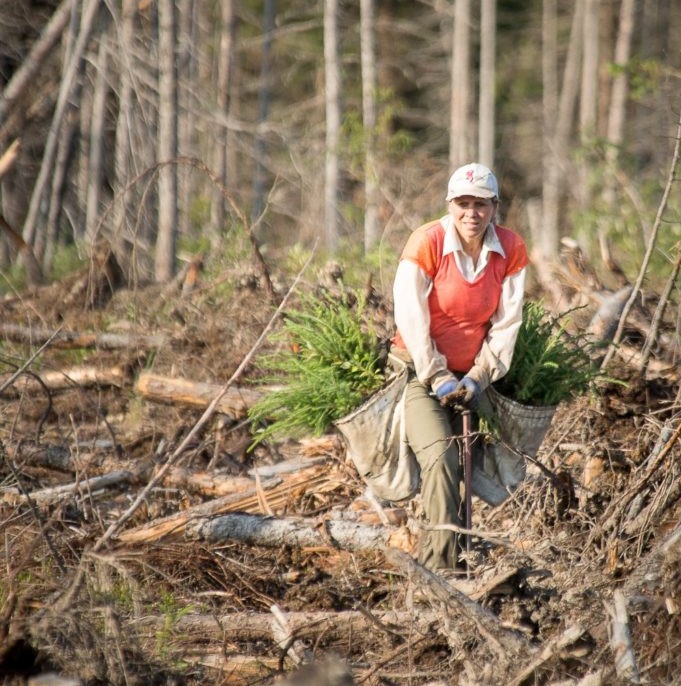
Large companies and small companies alike hire tree planters from the beginning of June until September – October (depending on when the soil starts to freeze again). A tree planter’s job is to manually reforest areas that have a smaller chance of regenerating.
We plant different types of trees throughout the summer. The most common tree essences are black spruce, white spruce, and tamarack larch, which are planted in humid, peat soils. When the soil is dry and sandy, we plant essences like jack pine and white pine which generally do better in that environment.
For example, on a normal day, we could have lots of white and black spruce saplings to plant. They would be planted in the general areas and we would reserve the tamarack larch for the streamsides, for example, because they generally do better in those types of soils.
What these little saplings look like:
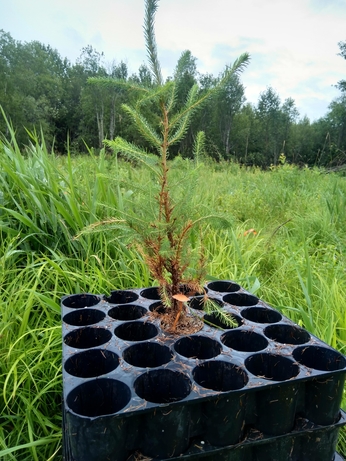
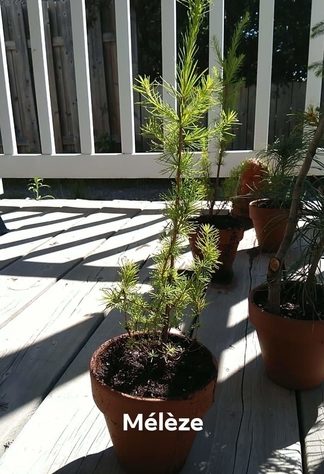
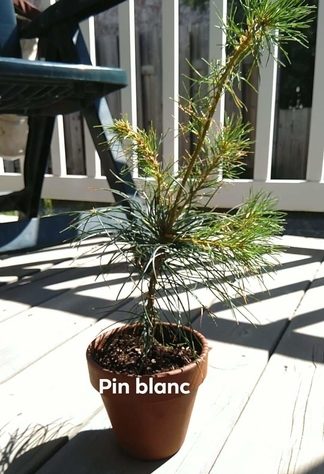
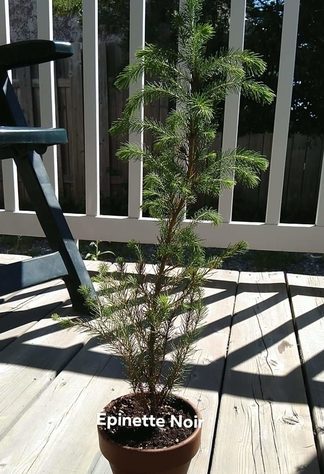
For the specific company I’ve worked with, tree saplings came in different sizes of boxes. Every box can have from 25 trees each to 36, 45, 67. The higher the number of trees per box, the smaller the saplings are.
The trees seen above were from boxes of 25, they’re generally the largest and sturdiest saplings we plant. At this size, they’re about 3 years old.
Tree planters fill their bags with as many saplings as they can, then plant them in lines, leaving enough space in between each for healthy growth.
High-baller (veteran) tree planters can plant as many as 3000 trees per day, which ranges from $400-$500 Canadian dollars per day.
It’s not easy work but you get paid by the amount of trees you plant and by the quality of your planting.
Canada needs more tree planters, so if you are thinking of joining us in the summer, I highly recommend it. Contact us at [email protected] for more information.
Russia and Scandinavia’s Boreal Forests
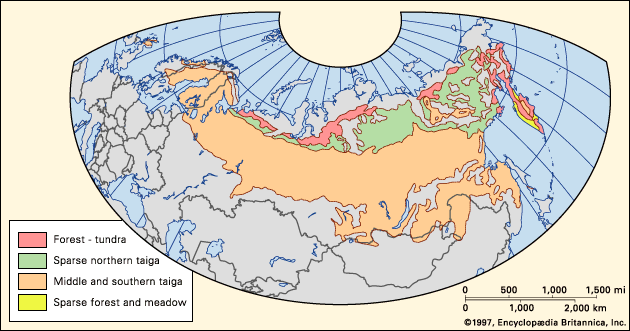
In Russia and Scandinavia, the boreal forests go by the name of Taiga.
The taiga in Eurasia covers a large part of Sweden, Finland, Norway, Estonia, some of the Scottish Highlands, and the coastal areas of Iceland. Nearly all of Russia from east to west, it stretches into northern Kazakhstan, northern Mongolia, and Northern Japan, on the island of Hokkaido.
The Russian boreal forests are the largest of their kind, in fact, the total forest coverage of Russia equals about 22% of the world’s total forest coverage.
Nordic Scandinavia on its side has a dense boreal forest but accounts only for 2% of the world’s forests.
Key Differences
While it resembles very much the north American boreal forests, there are some differences:
- Canada boreal forests are mixed, with spruce being the dominant tree.
- Scandinavian and Finnish taiga is very mixed in spruce, pines, and birch.
- Russian taiga is also a mix of spruce, pines, and birch.
- Siberian taiga is mixed, with larch being the dominant tree.
It’s interesting to note that the taiga in its current form is a relatively new phenomenon on the planet. It has only existed this way since the beginning of the Holocene period, about 12,000 years ago. Prior to that, the worldwide boreal forest range had been covered in massive ice sheets.
Taiga Animals of Note
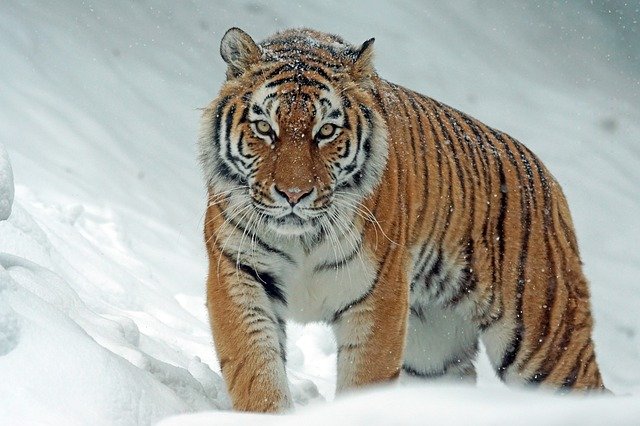
Siberian Tiger
One particular animal found in the Russian taiga that isn’t found in North America is the Siberian tiger. They inhabit high latitudes of their boreal forests and travel large distances to find prey. One Siberian tiger can weigh as much as 300kg!
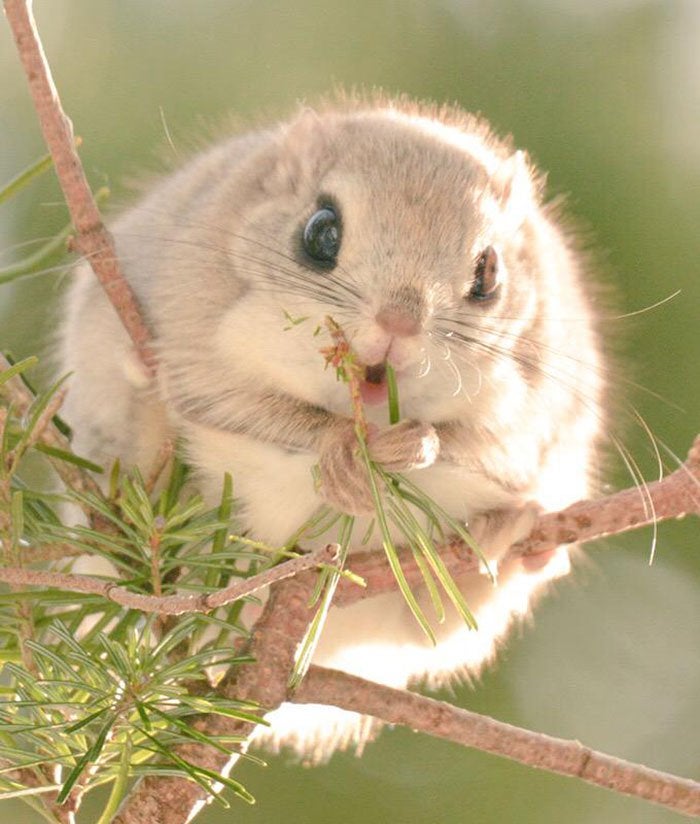
Hokkaido Flying Squirrel
Perhaps one of the cutest animals in the world, the Japanese dwarf flying squirrel is one of the old-world squirrels native to the Hokkaido region of Japan. They live in subalpine and boreal evergreen forests on the Honshu and Kyushu islands.
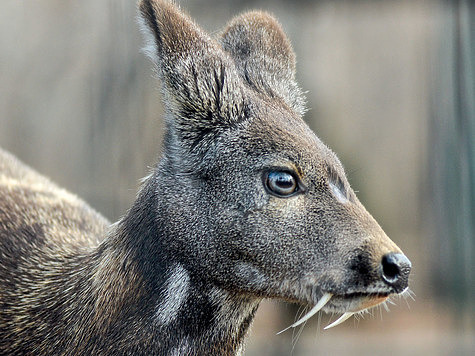
Musk Deer
Perhaps one of the strangest animals, it’s not quite a deer but has properties of several animals. They are a solitary and shy animal, they won’t grow antlers but tusks instead.
Threats to the Boreal Forests
Human activity and expansion poses risk to the world’s boreal forests.
- Some animals like bears, foxes, and mountain cats have been hunted in excess for their fur, leather, and meat.
- Lumber projects in unprotected and poorly managed areas clear-cut and destroy ecosystems.
- Mining activity and oil extraction often cause pollution that extends far into the boreal forest.
- Warming climate thaws the permafrost, releasing gases and turning areas into swamps, where some trees can hardly take root.
- Warming climates push animals out of their habitats, such as the Siberian tiger or invasive species like pine beetles.
What We Can Do About It
It takes initiative to preserve the wildlife and biome of the boreal forests. We can take examples of some programs that have worked and apply them worldwide.
For example, laws against excessive hunting and trapping are enforced by having park rangers patrol the areas and locals report the incidents. Fines and possible jail sentences are handed to individuals infringing the laws.
Any company that wishes to start a lumber project must first apply to the ministry of forests and ensure they are using proper equipment, techniques, and personnel, and are obligated to manage the reforestation of the areas they work on.
Any mining or petroleum company must manage land reclamation during and after their project is completed. Any infringement is met with hefty fines and should have the ability to shut down a company.
Resources must be allocated to new green technologies to phase out of fossil fuels and meet climate goals.
Finally, boreal forests must be protected, unique ecosystems must be turned into natural parks to ensure they stay away from human influence and continue to thrive.

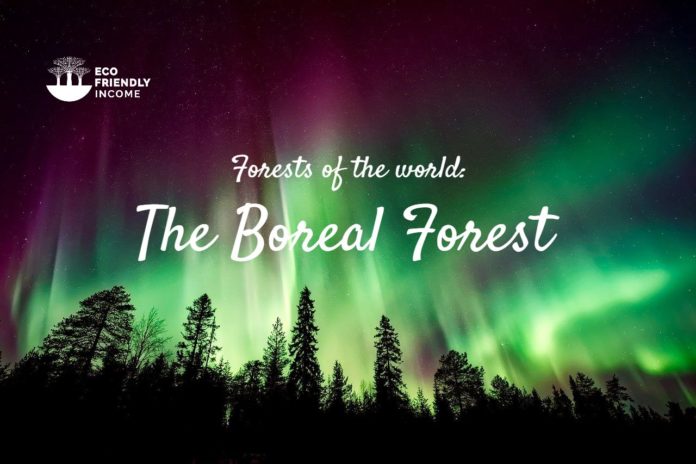
[…] World Boreal Forests […]